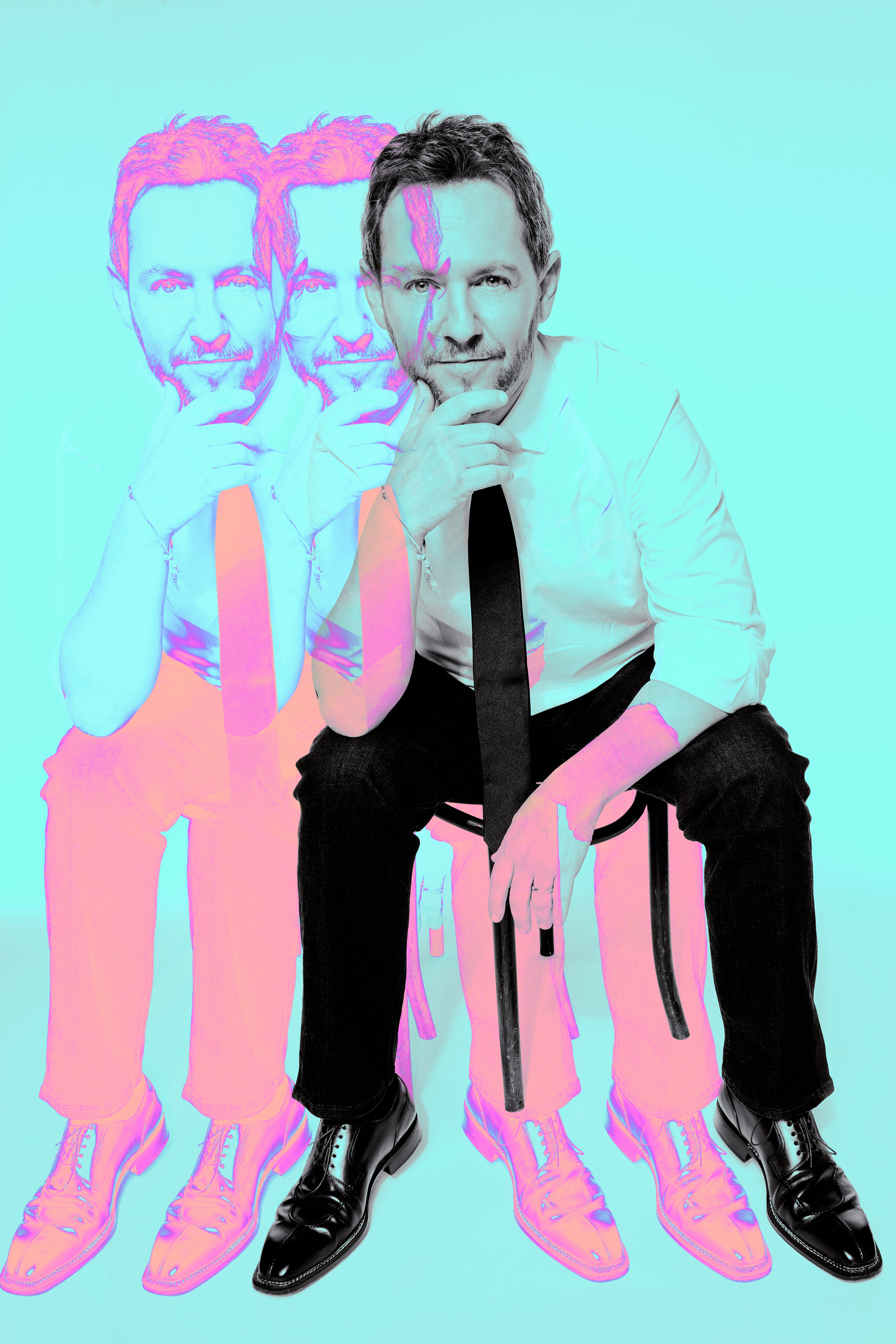
Matt Shakman still remembers the first time he set eyes on Godzilla. It was the early ‘80s, and Shakman, now a 48-year-old director, was smack dab in the middle of watching a monster movie marathon with his dad.
“I think they were probably running a few of them back to back,” Shakman tells Inverse. “I remember sitting next to my father on our old brown couch from the ‘70s, watching that original Godzilla, and him telling me that's a guy in a rubber suit walking in a miniature version of the city. It just blew my mind.”
Four decades later, Shakman found himself in an eerily familiar setting: Toho Studios in Tokyo, Japan, in the same building where they first filmed Godzilla. “Hallowed ground, for sure,” he says.
Shakman had landed the job of director on Monarch: Legacy of Monsters, a new Apple TV+ show set in the MonsterVerse franchise that Godzilla and King Kong currently call home — and before he took the world’s greatest monster to the next level, he needed to visit ground zero.
“It feels like a classic movie studio,” Shakman recalls, his voice rising with excitement. “People are walking around in costumes and carrying props. Our studios here in Los Angeles don't feel that way anymore, but Toho still does. You walk down the street and you look in one room, it's the model-making room, it's the mask-making room. You could see it all happening.”
It was a full-circle moment — one of many for Shakman, whose career keeps him orbiting around some of Hollywood’s most ambitious movies and TV. From Game of Thrones to the Marvel Cinematic Universe, if you’re a fan of mainstream geeky pop culture, there’s a good chance Shakman was involved. Now, he’s playing in perhaps his most ambitious sandbox yet: the world of kaiju, the Japanese term for skyscraper-sized monsters and the movies they inhabit. Shakman directed the first two episodes and serves as executive producer.
Sitting in Apple’s Hollywood offices with a view of Los Angeles sprawled out in front of him, Shakman looks like a king. Or, at the very least, an ambitious duke with designs on the throne. We’ll get to how he conquered the world of nerd entertainment — and what comes next — but first, we need to go back to the very beginning.

Before he was a director, Shakman was a child actor. His biggest breakthrough was as a series regular on Just the Ten of Us, a spinoff of the 1980s sitcom Growing Pains, but it was his experiences behind the camera that shaped his career.
“I was always drawn towards the other side of the camera,” Shakman says. “I liked interviewing everybody about how they did their job. I liked seeing the world from behind the camera as opposed to in front of it.”
In between takes, Shakman would study the world of camera operators and production designers, but during longer breaks, he’d explore the sets of old sitcoms like Bewitched and The Partridge Family at the historic Warner Bros. Ranch in Burbank, California. “I would go at lunch, ride my skateboard around, and feel in touch with the ghosts of television past.” Years later, Shakman would return to those sets to film his Marvel show, WandaVision.
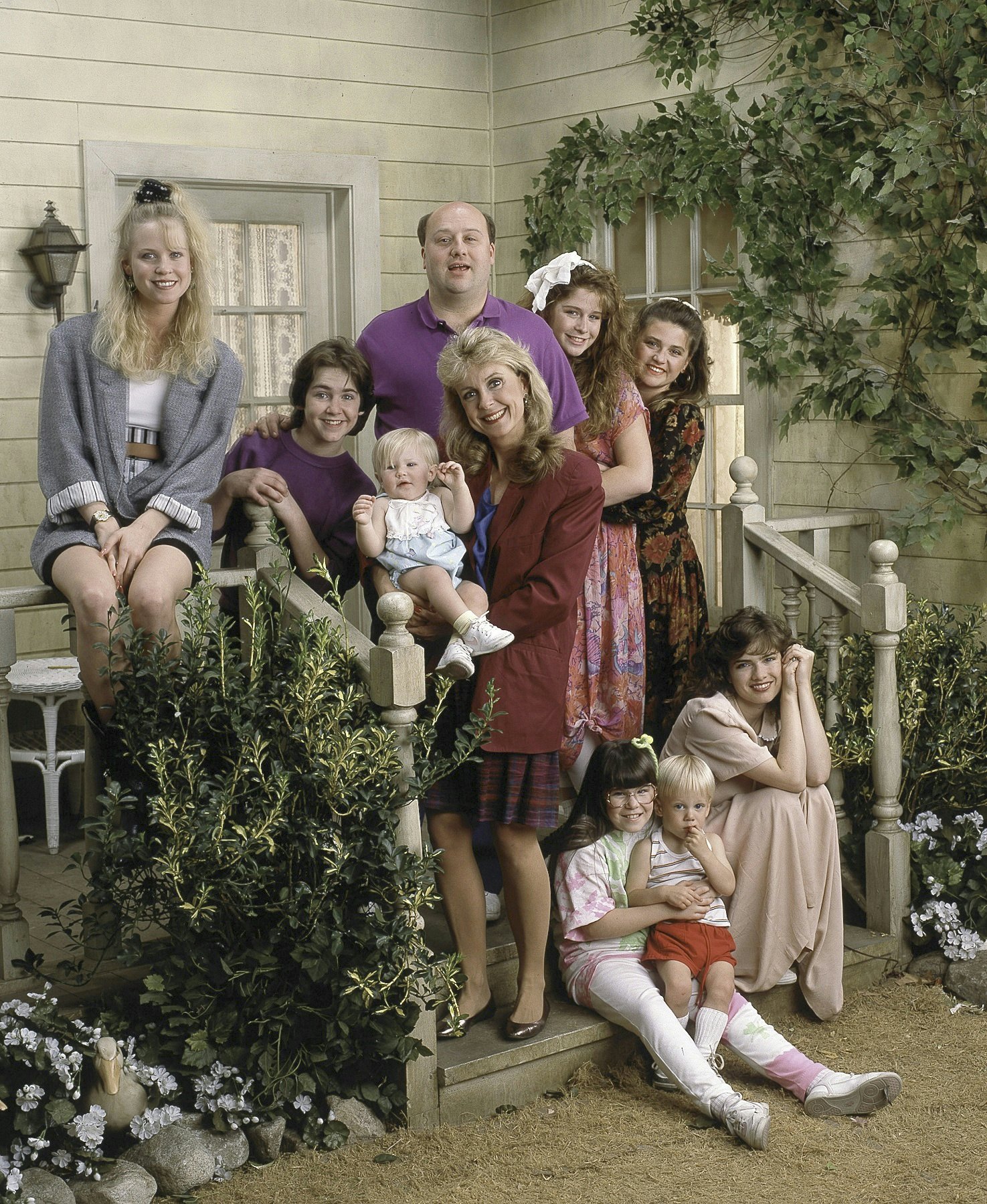
At a certain point, his acting career dried up. In a podcast interview with fellow child actor Jaleel White, Shakman said that rather than keep pushing, he took the opportunity to return to normal life, which for him meant enrolling in a private California boarding school, followed by Yale.
At college, he studied theater and tried his hand at directing. “I fell in love with that side of it even more, and the acting faded away,” Shakman says. So after graduating, he returned to California with a new goal: to open a theater of his own. He called it The Black Dahlia Theater in a nod to James Ellroy’s novel about the grizzly, real-life murder of a Los Angeles woman in 1947.
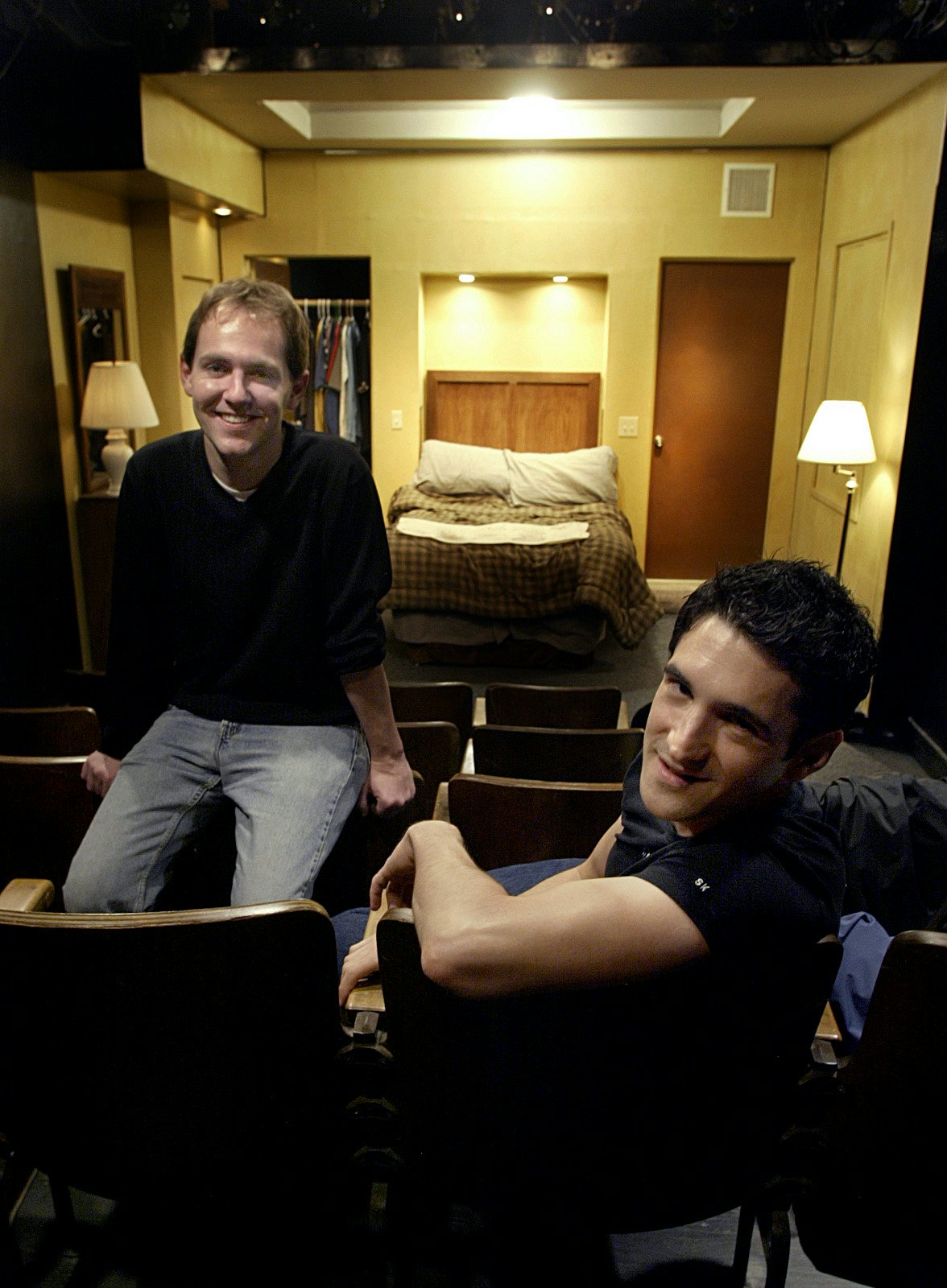
“I opened a very tiny 30-seat theater in an old storefront and spent a year and a half fundraising to rent this place and convert it,” Shakman recalls. “The first play I did there was by a wonderful old character actor named Austin Pendleton. It was called Orson's Shadow, and it interested people from Hollywood because it was about Orson Welles.”
One of those Hollywood people was Edward Zwick, the director behind Legends of the Fall, The Last Samurai, and Blood Diamond. Zwick took Shakman under his wing.
“I worked for him on Last Samurai and some other movies,” Shakman says. “That was my film school. That's how I ended up coming back from child actor to theater director to a TV director.”
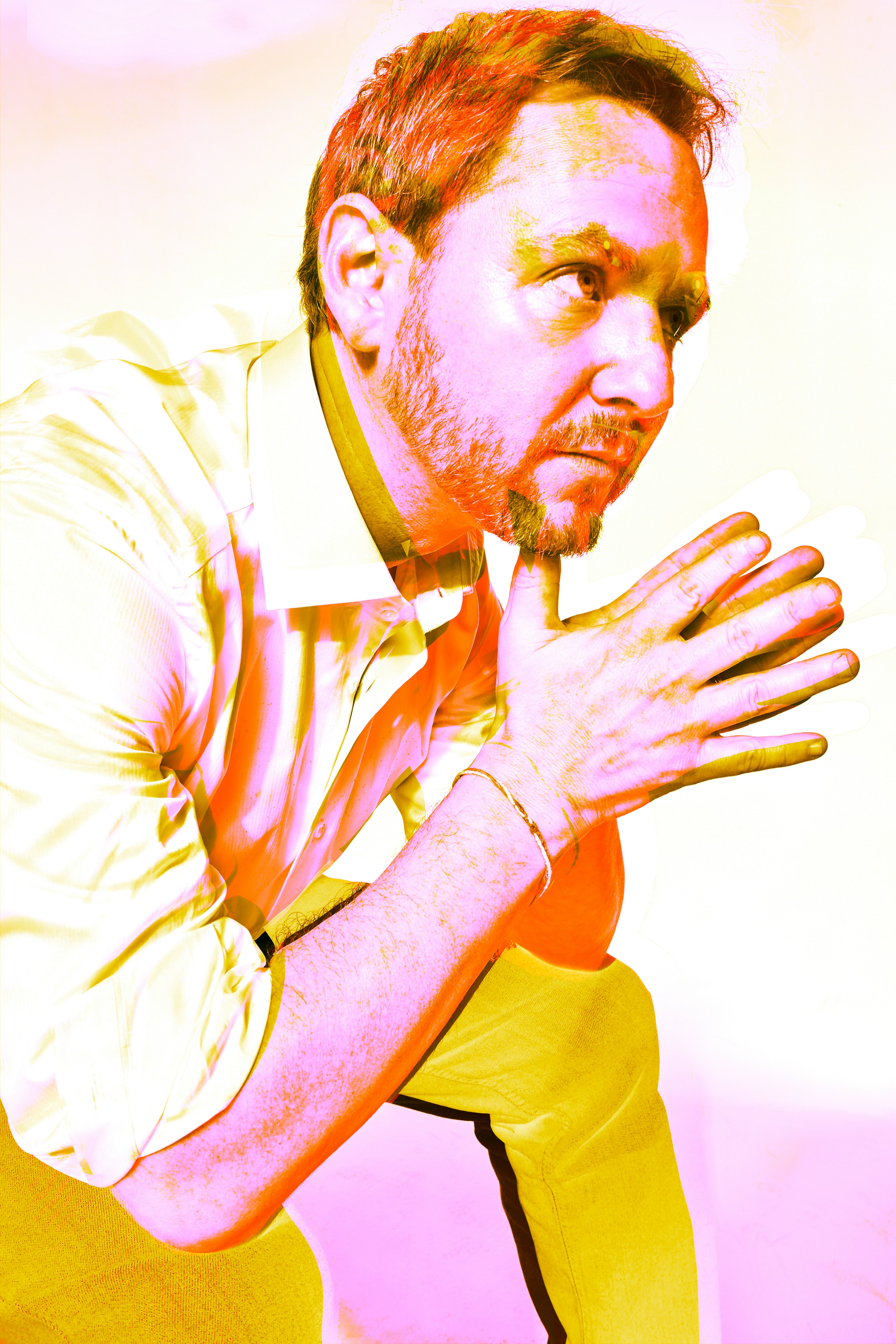
It’s easy to scroll through Matt Shakman’s IMDb account and conjure up a guy obsessed with dragons and superheroes. But that would be ignoring the biggest chunk of his career: a long stint directing the depraved yet beloved comedy It’s Always Sunny in Philadelphia. From Season 3 to Season 12, Shakman directed a whopping 43 episodes, contributing to the show’s record-breaking status as America’s longest-running live-action sitcom.
“It feels like my entire adult life has been working on It's Always Sunny,” he says.
Shakman credits the show’s core trio (Rob McElhenney, Glenn Howerton, and Charlie Day) with teaching him the importance of improv, a skill he’s carried over from the low-budget comedy into some of the most expensive television productions in the world.
“I learned a lot about play with them,” Shakman says. “Being playful is the most important part of making anything, whether it's a comedy or an epic sci-fi adventure. There's always improvisation happening in how a scene gets staged or how a moment comes to life, especially when you're trying to imagine a giant creature that isn't there. I learned a lot about that working on Game of Thrones — seeing how a brilliant actor like Peter Dinklage can make a tennis ball into the most ferocious dragon using just his imagination.”
“It feels like my entire adult life has been working on It's Always Sunny.”
Always Sunny didn’t just give him the skills to direct a big-budget epic, it also gave him the connections. Shakman’s credits include the Season 12 episode “The Gang Goes to a Water Park,” which features cameos from Game of Thrones co-showrunners David Benioff and D.B. Weiss as a pair of apathetic lifeguards.
“We were chatting, and David said, ‘Hey, you should come direct a Thrones episode or two.’ I laughed because here we were on the set of It's Always Sunny. But he was as good as his word,” Shakman recalls.
Before he started, Shakman met with David Nutter, another Game of Thrones director best known for the infamous Red Wedding. Nutter gave him the following advice: “You're about to get the keys to the best Porsche in the world, and all they want you to do is put the pedal to the metal.”
Shakman ended up directing two episodes from Season 7, including the explosive Loot Train Attack scene in which a dragon lays waste to an entire battalion of soldiers. In that moment, he put the pedal to the metal and never looked back.

Shakman wasn’t involved in the show's poorly received eighth and final season, but when I ask if he has an opinion on it he responds with a long, melodic “Nooooo” before staging his defense: “I think those guys are brilliant and I think they finished telling the story they intended to tell. I know that it was divisive, but I would never want to say anything about how they could have done something better.”
While Game of Thrones struggled to stick the landing, Shakman moved on to a new beginning with WandaVision, a pastiche of TV history that also happened to be the first streaming series to come out of Marvel Studios — although that wasn’t always the plan.
“It wasn't intended to be the first Marvel show,” Shakman says, “but we were ready before the other shows. It turned out best because our show really was a love letter to television. Here we were, this brand that was best known for big-scale cinema, saying we want to embrace television and love television and honor television.”
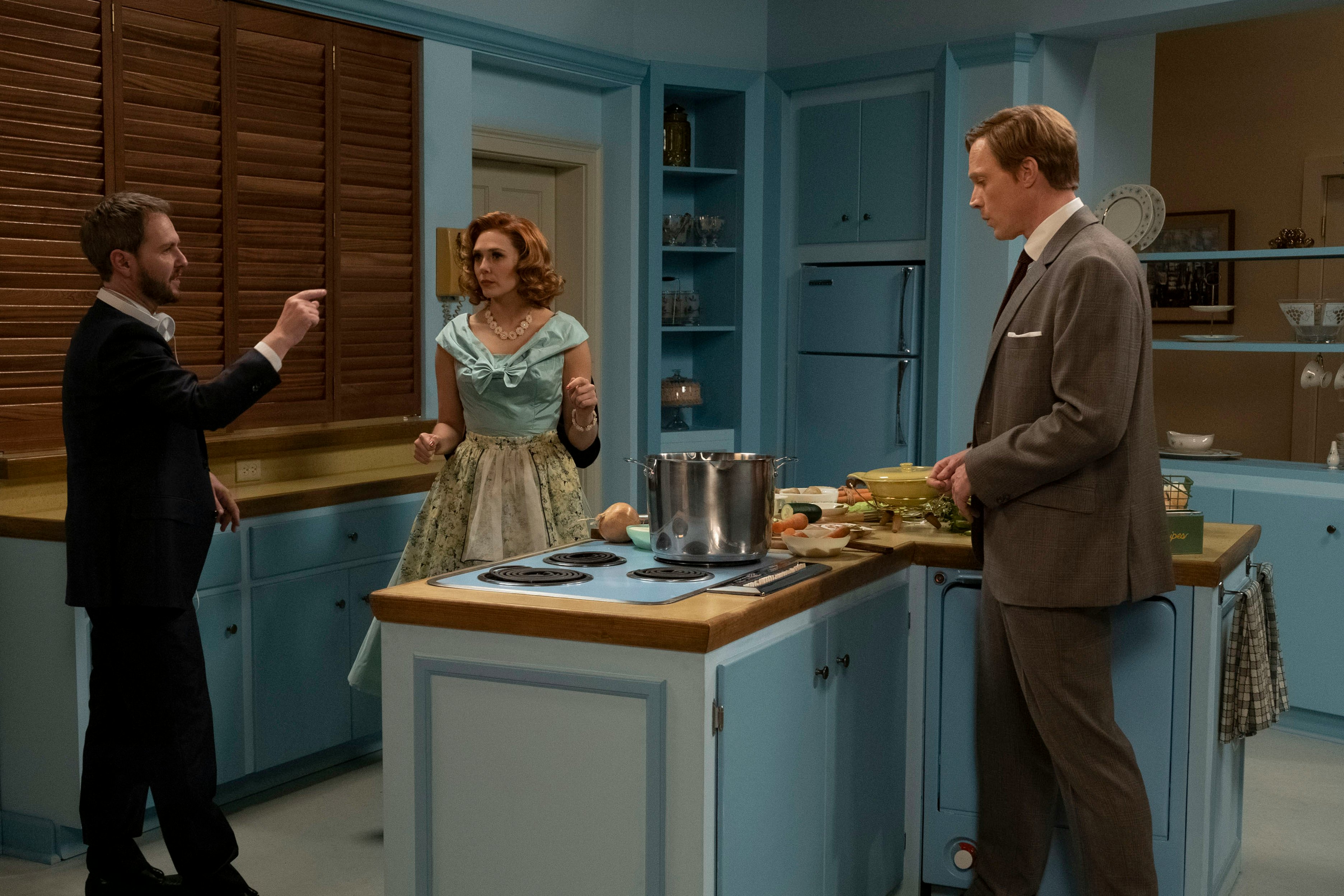
At the time, however, Marvel Studios had some unusual ideas about how to make a TV show, many of which are currently being walked back in a very public way.
“Marvel was interested in doing television the way that they did movies,” Shakman says. That meant one director helming what was essentially a six-hour movie. “We were telling a richer, more character-focused story than the movies can. Almost like those comic runs that I love that go on longer than any movie could ever possibly contain.”
WandaVision was a hit, bringing two of Marvel’s more secondary characters to the forefront with a mix of pathos and comedy, but the show’s biggest legacy may be the fan theories that didn’t pan out. Superhero-obsessed sleuths studied every new frame for clues and became increasingly convinced that Mephisto (Marvel’s version of the devil who plays a key role in some of the comics the show was based on) would appear. When he didn’t, there was practically a mutiny in some corners of the internet.
“There were some deep readings of the text that led to certain conclusions that were wrong,” Shakman says. “Mephisto was never a part of our plan. So that was a head-scratcher. But hey, he's a great character.”
“Mephisto was never a part of our plan. So that was a head-scratcher.”
Thankfully, nobody in Hollywood held it against him, and fans seem to have gotten over the whole Mephisto thing, too. When Shakman was announced as the director of Marvel’s upcoming Fantastic Four movie, the response was positive, and no one batted an eye when he showed up to direct and executive produce Apple’s new Godzilla show either. Perhaps it’s because, from as far back as anyone can remember, Matt Shakman has excelled at earning the trust of fans and producers alike.
“It all connects,” he says. “It’s the Always Sunny guys believing in me, which led to David and Dan believing in me, which led to Kevin Feige. I’ve learned a lot about how to approach things on a giant scale, and it applies directly to Godzilla.”
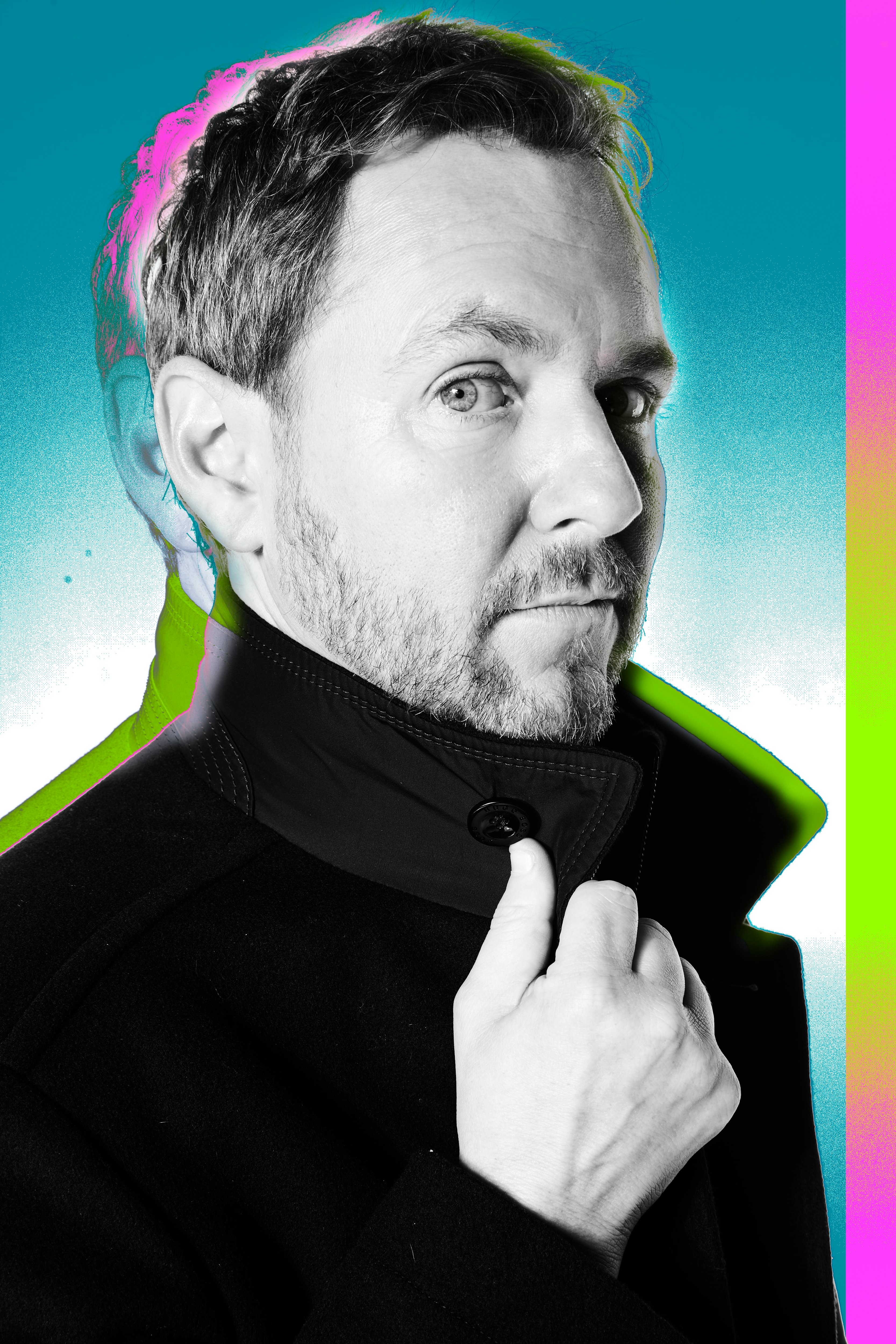
There was never any question whether Shakman would direct Monarch: Legacy of Monsters.
“I had been a fan of Godzilla since I was a kid,” he says. “I watched the movies with my dad. I played with the Toho plastic Godzilla toy. So the chance to work with Godzilla, with Apple, on such a big international canvas, it was something I couldn't pass up.”
The biggest draw wasn’t just the chance to tell a story about the King of the Monsters, however, but to add a few new ones to the mix. Working directly with both Toho Studios in Japan and Legendary Entertainment (the movie studio behind the current MonsterVerse, which has an entire division devoted to kaiju mythology and canon), Shakman and the rest of the team were given the chance to invent some creatures of their own.
“As a kid, I loved these monster movies. Now, as an adult, I get to imagine what weird insects I want to mash up.”
While Monarch is more focused on its human cast, it’s still a Godzilla story with an episodic monster-of-the-week format.
“It's wonderful to have Godzilla,” Shakman says, “but we wanted to also start to populate the world with new kaiju. As a kid, I loved these monster movies. Now, as an adult, I get to imagine what weird insects I want to mash up, and what creatures coming together could make a really great monster.”

Monarch ended up being a surprisingly grounded show. Spanning two timelines, it slowly pulls back the layers on a globe-trotting conspiracy that can sometimes feel like Severance meets Westworld — with giant monsters, of course. For Shakman, this felt necessary as the format shifted from movies to television.
“You can spend two hours and be fully involved in a giant battle between King Kong and Godzilla,” he says, “but a television show requires falling in love with the humans. Then you see the monsters from their point of view. That was the most important thing.”
It helps when one of those humans is beloved action star Kurt Russell, who plays the older version of a character also portrayed by his son Wyatt in the show’s earlier timeline.
“They had been offered father-son stuff before, but they'd never been offered the same part,” Shakman says. “That was a big part of the appeal to them. Kurt's a big fan of Godzilla. He's always wanted to work with Wyatt, and I think the idea that they could build a character together was super special.”
Monarch: Legacy of Monsters premieres on November 17 with 10 weekly installments on Apple TV+. After that, either the future is murky or Shakman is keeping his mouth shut.
“I can't speak about future plans for Monarch just because we're so excited about launching our first season,” he says, “but it's definitely a part of this MonsterVerse and we were excited about that opportunity.”
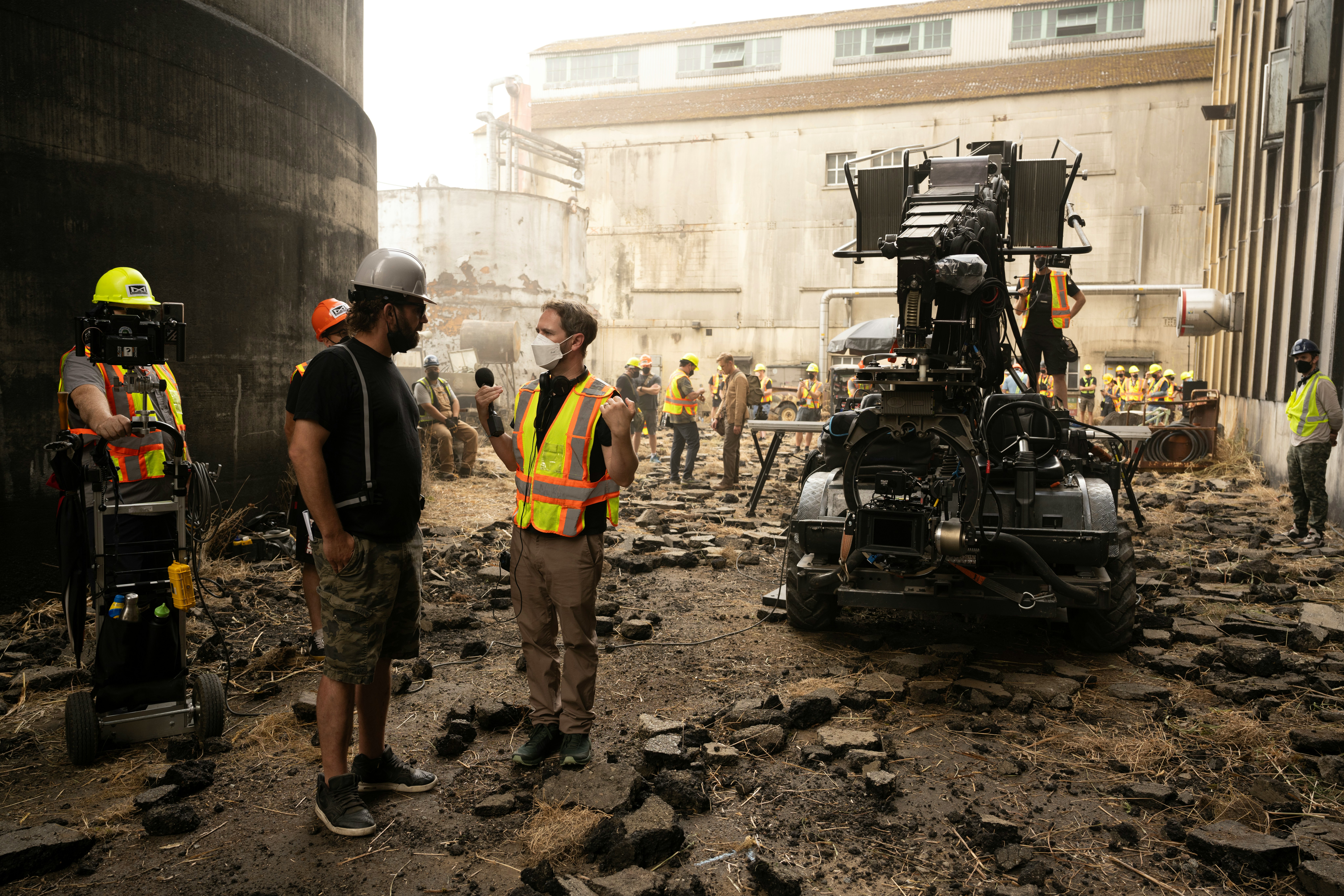
Beyond Godzilla, Shakman is also set to return to the Marvel Cinematic Universe for Fantastic Four, the highly anticipated introduction of Marvel’s first family into the MCU that’s been shrouded in mystery — and some alleged casting drama we won’t get into. Suffice it to say that, despite announcing the movie in December 2020, we still don’t know who will play the main characters. What Shakman can say is that he’ll be pulling inspiration directly from the comics while mostly ignoring the previous Fantastic Four movies, which were all produced by 20th Century Fox pre-Disney merger.
“I’m not so much looking at the other movies,” Shakman says. “I'm looking at the comics themselves. I'm a huge comic book fan. I’ve been a big fan of the Fantastic Four since I was a kid. So going back to Kirby and Lee and Byrne and following all the way up to what's happening, certainly Hickman and Wade and Ryan North, what he's been doing. I'm trying to figure out who these characters are to me and how to bring them to life in the best possible way, and that's really where I've started and how we've approached it.”
“I’m not so much looking at the other movies. I'm looking at the comics themselves.”
Shakman was even invited to Marvel Comics’ yearly summit, where he got to listen in on the company’s plans for the future of the Fantastic Four. But when I ask for details, he clams up quicker than Black Bolt facing Wanda in Multiverse of Madness.
Eventually, we’ll learn more about the Fantastic Four, the future of the small-screen MonsterVerse, and whatever other cool projects Shakman has cooking that we don’t even know about yet. But until then, he leaves me with a final thought on Godzilla that might as well apply to the entire growing Matt Shakman empire, a collection of beloved franchises that he manages to pick up, polish off, and leave a little shinier than before.
“It's so much about legacy and about what’s been passed down from generation to generation. We were passed down a lot of great stuff, from movies to movies. So we wanted to embrace that.”
Photographs by Micaela McLucas
Associate Creative Director, Video: Samuel Schultz
Photo Director: Alex Pollack
Editor in Chief: Tyghe Trimble
SVP Fashion: Tiffany Reid
SVP Creative: Karen Hibbert







